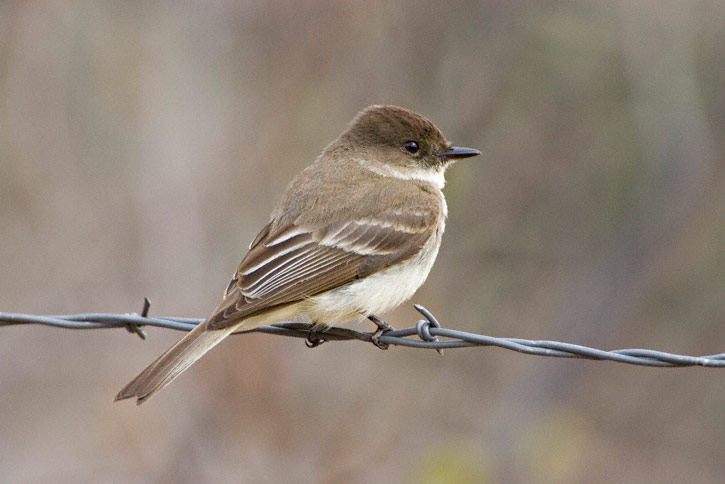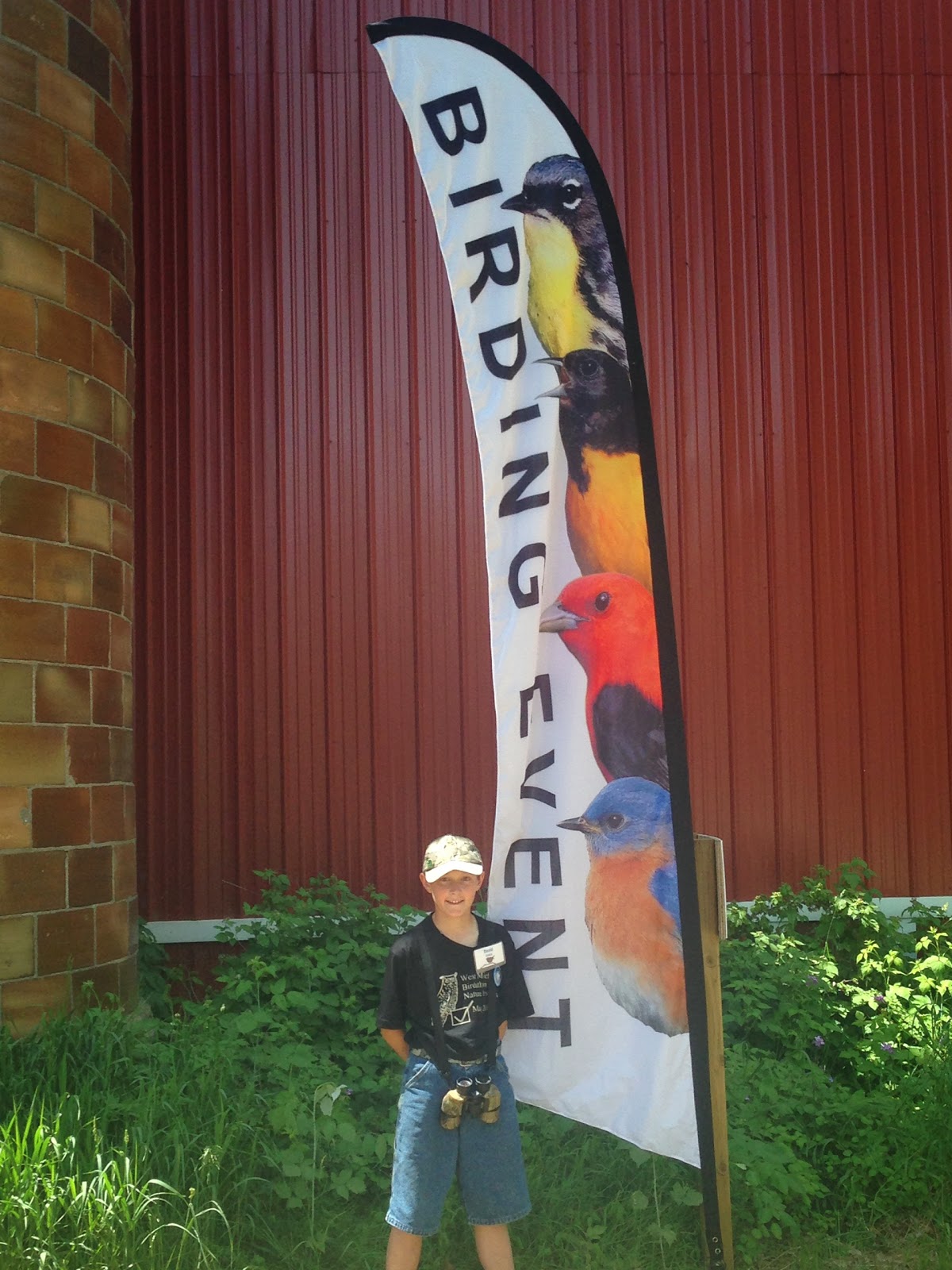Bird Banding at GVSU
This past Friday, June 12th, proved to be an
exciting day for us. Though the weather was calling for showers and
thunderstorms throughout most of the day, we succeeded in being able to attend
a very special event at Grand Valley State University (GVSU). Bird banding. For those unfamiliar with
banding, it’s a method that ornithologists and field biologists utilize to
track valuable information of songbirds, shorebirds and raptor species from all
over the world. Each bird’s band is encoded with a unique number-letter
combination and carefully secured around the bird’s leg. When scientists
retrieve these birds, they can search the band number in a shared database and
learn the bird’s origin (if the bird was banded as a chick), its age, its physical
condition when banded, and approximately how many miles it has traveled.
Banding has helped scientists track both individual birds and entire flocks;
the famous Red Knot B95 (nicknamed “Moonbird”) is estimated to have flown over
239,000 miles between his migration routes between Tierra Del Fuego and the
Arctic – a greater distance than the Earth to the Moon! Click here
for more information on “Moonbird.”
At GVSU, Dr. Michael Lombardo has been banding Tree Swallows
and Bluebirds for over 20 years. A professor of Ornithology and Biology at the
University, he bands birds in order to study their reproductive patterns,
behaviors, and breeding successes each summer. We met him on a dirt road off the
side of a field that boasted an impressive number of bird houses – 100 of them,
to be exact. Each pole contained a large pizza pan above which the bird house
sat. These pans had a single hole drilled through the middle that the pole ran
through, which Dr. Lombardo explained has proven extremely successful in
preventing predators such as raccoons, opossums, and feral cats from snatching
mother birds and their precious nestlings from the boxes. So that we could see
how nestlings were banded, he gently lifted three of the boxes and tenderly
extracted a handful of tiny, developing “not-quite-birds.” A few that he showed
us were not more than a few days old; their feathers had only barely begun
developing and their purple eyelids were still tightly closed. Others, however,
were beginning to look more like birds with their feathers filling in and their
eyes bright and curious. Dr. Lombardo banded several of the Tree Swallow
nestlings after allowing our kids to get close looks at them. Their excitement
drew them forward in a tight circle around Dr. Lombardo as they looked on at
the tiny, fragile creatures in front of them. Talk about a neat experience!
 |
| From left to right: Bradley, Tommy, and Mari look on as Dr. Lombardo shows them a tiny Tree Swallow nestling. |
 |
| Tree swallows grow rapidly and typically leave the nest when they're 18 or 19 days old.T his one was 12 days old. |
 |
| Mari curiously inspects three Tree Swallow eggs that Dr. Lombardo pulled from one of the nest boxes. |
Our adventure concluded with Dr. Lombardo demonstrating how
to band an adult bird. Different from banding nestlings, banding adult birds
requires the taking of a variety of measurements that are important in helping
scientists identify birds as well as uncover specific information about them. After
extracting the adult Tree Sparrows from their paper bag prisons, he carefully
took beak, wing, tail, and weight measurements before checking each adult bird
for lice and mites. He explained to our group how mites chew through birds’
feathers while our kids looked on at the tiny holes that could be seen on the
wing feather at hand. Upon being released with a new “bird bracelet” around its
leg, each bird would flutter off in the direction of its nest box with only the
tiniest bit of visible irritation.
 |
| Inspecting the tail feathers for mites. |
 |
| Dr. Lombardo holds up an adult Tree Swallow for the group to admire before releasing it back to its eager nestlings! |
We’re very thankful for the unique opportunity to observe
Dr. Lombardo and his student assistants this past Friday. With the closest
formal banding station being located in Kalamazoo, we’re couldn’t be pleased
with our partnership with someone so close to home. We truly couldn’t have
asked for more – favorable weather conditions, amazing looks at Tree Swallows
(not to mention several Great Blue Herons, a Green Heron, Red-wing Blackbirds,
Mourning Doves and two families of Mallard Ducks) and a fun and educational
time for all!
















